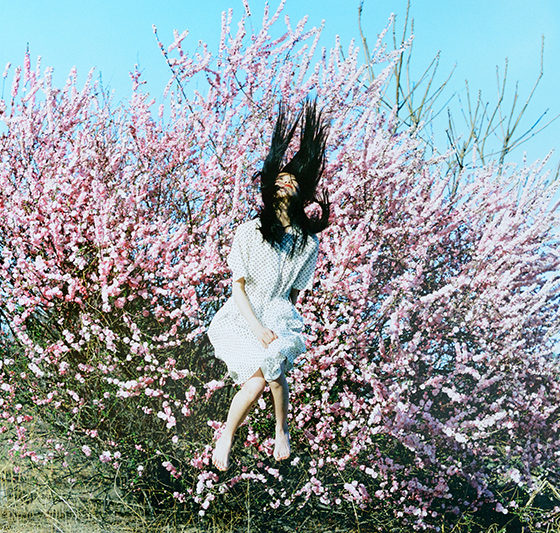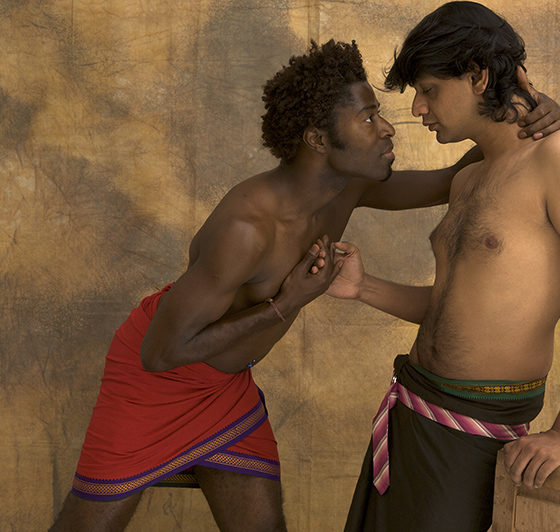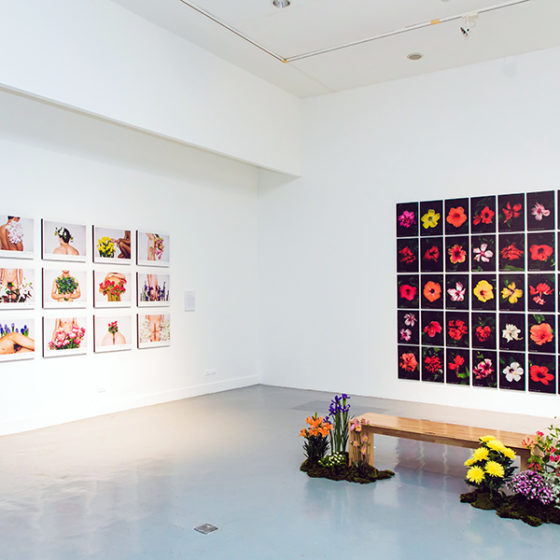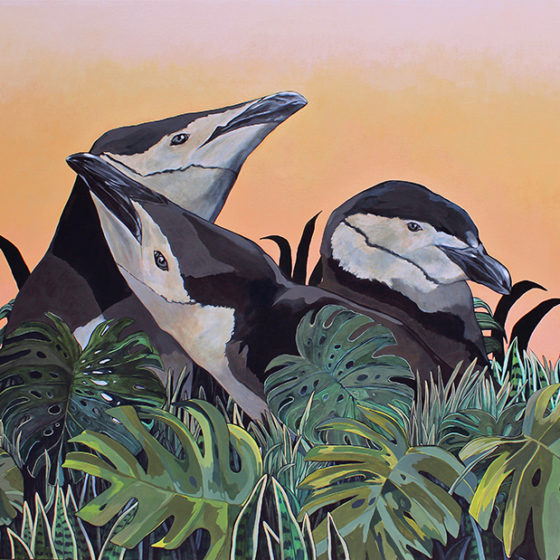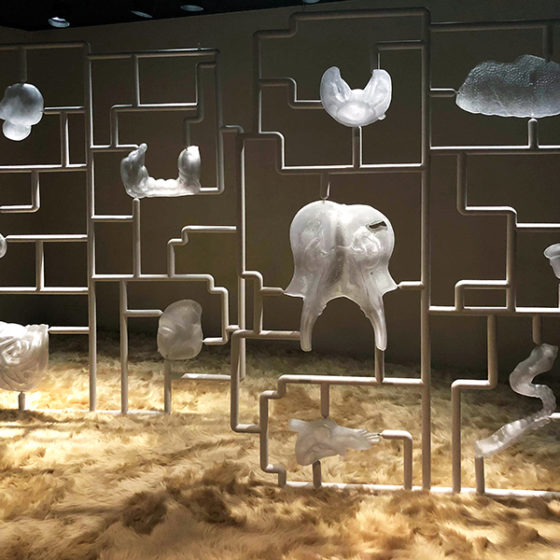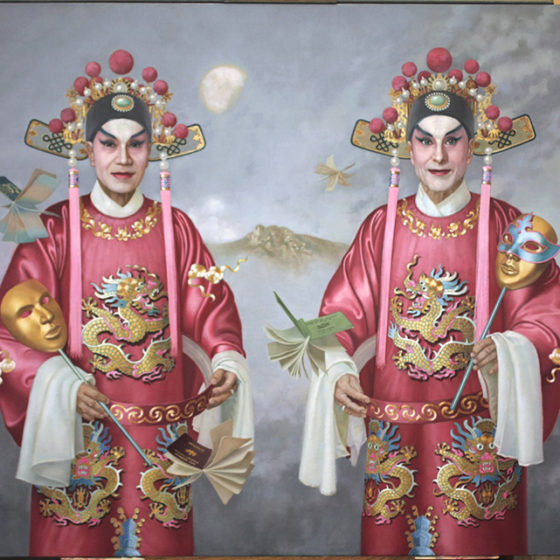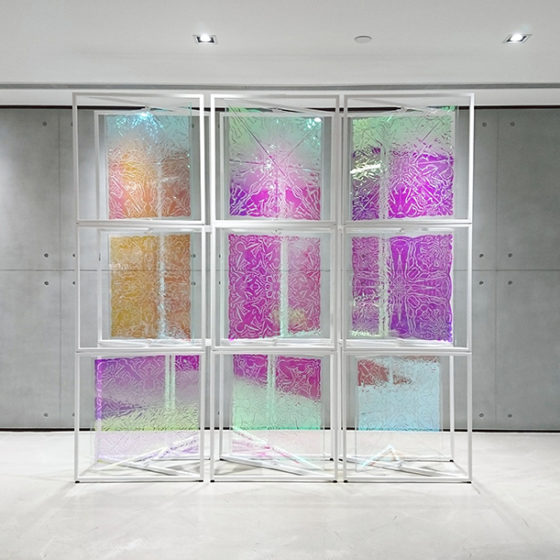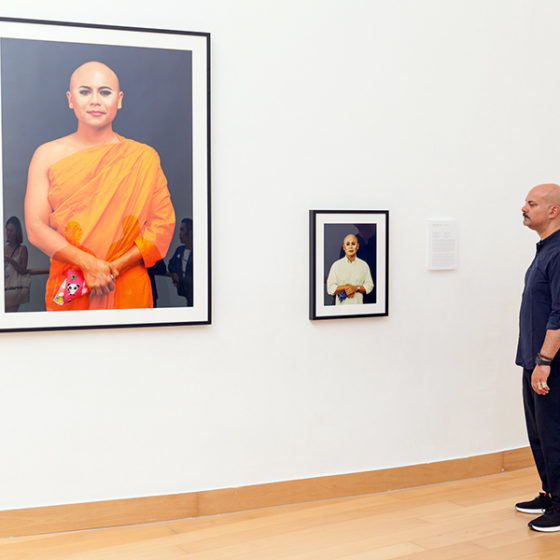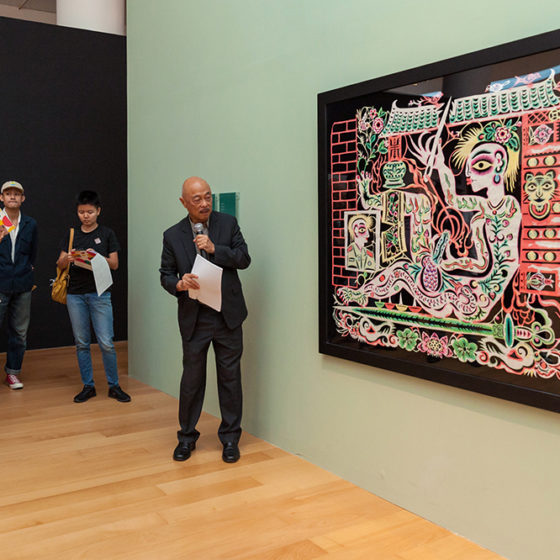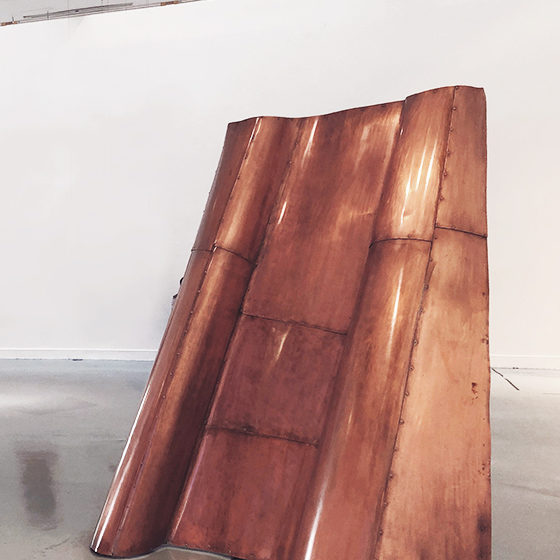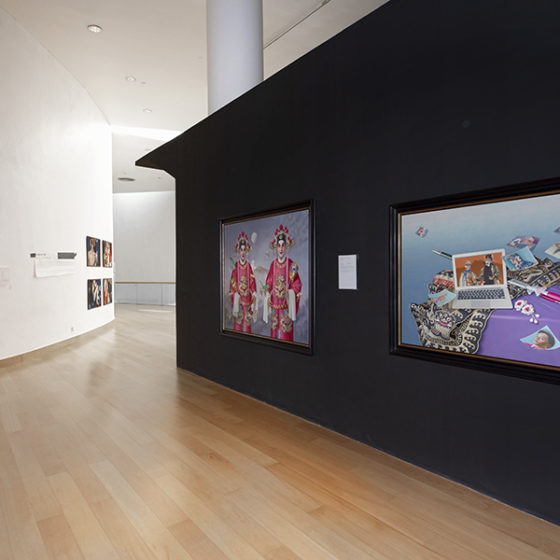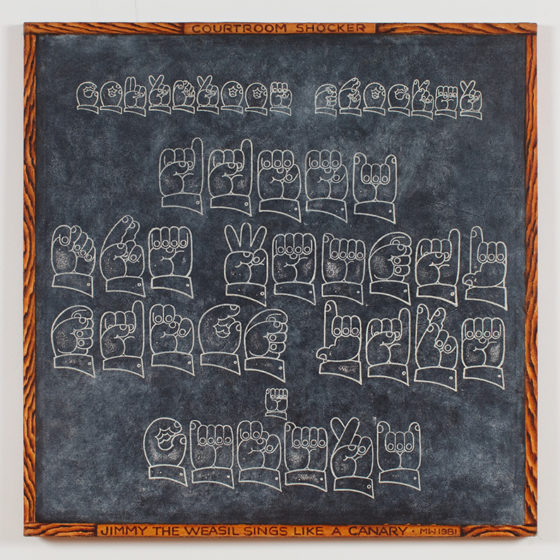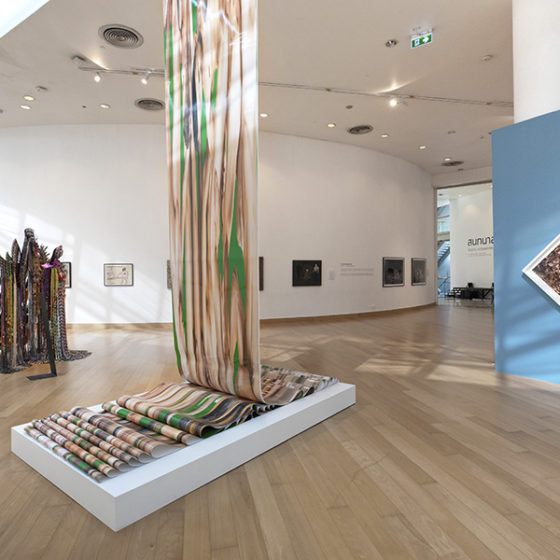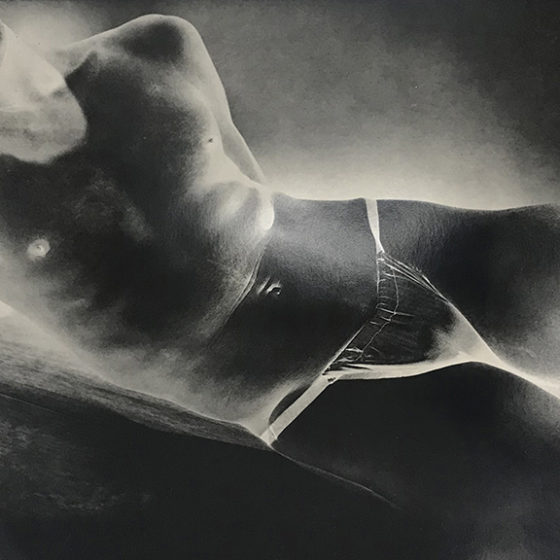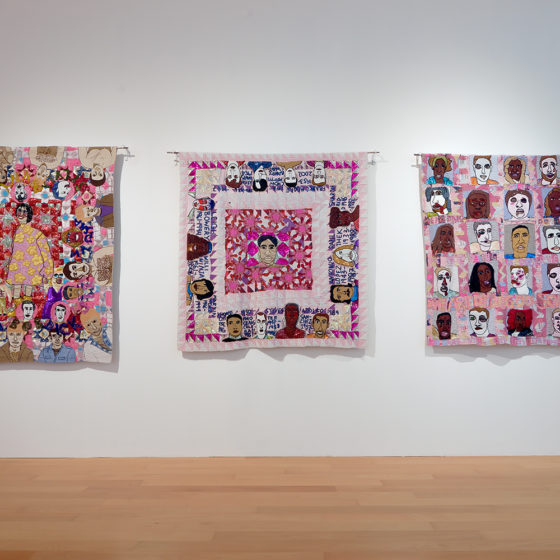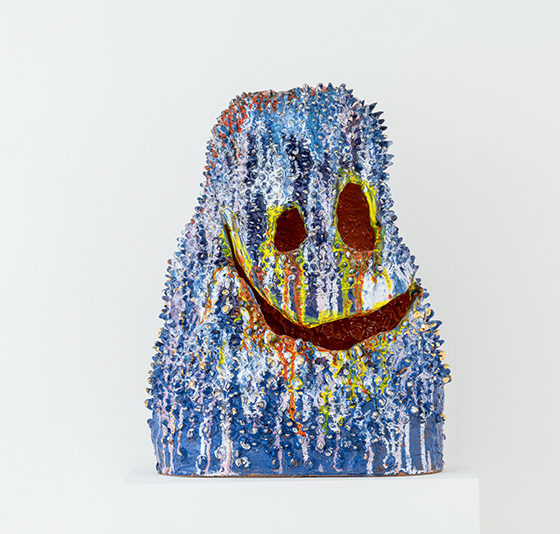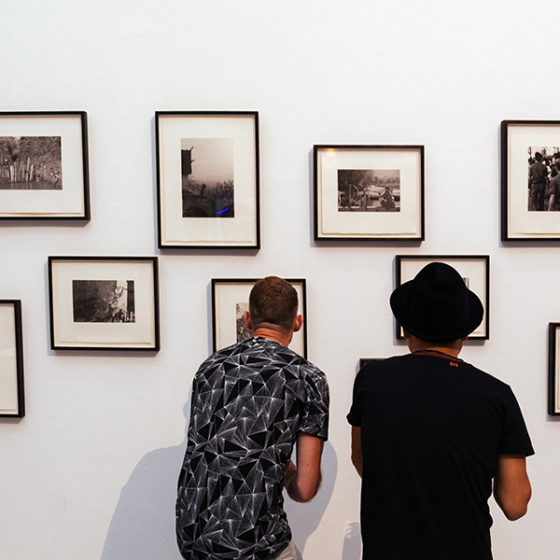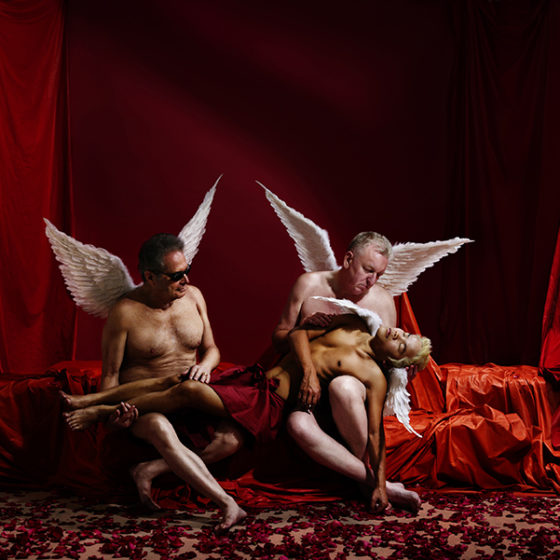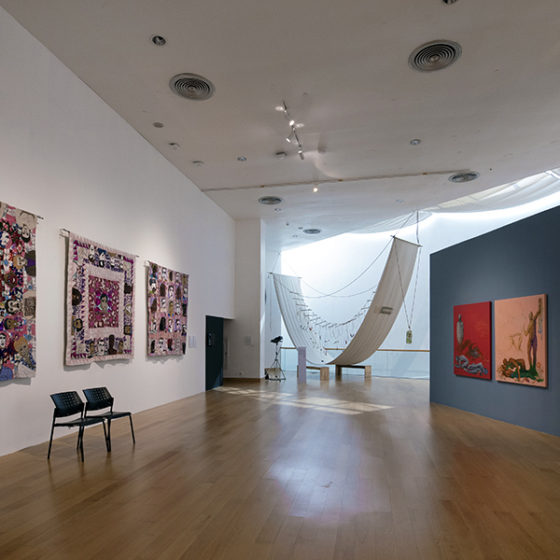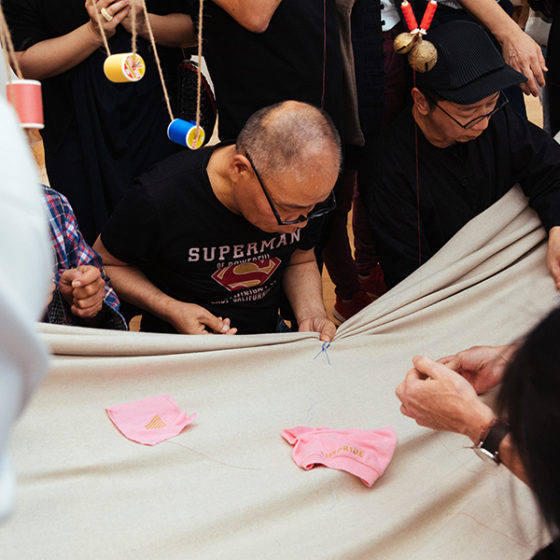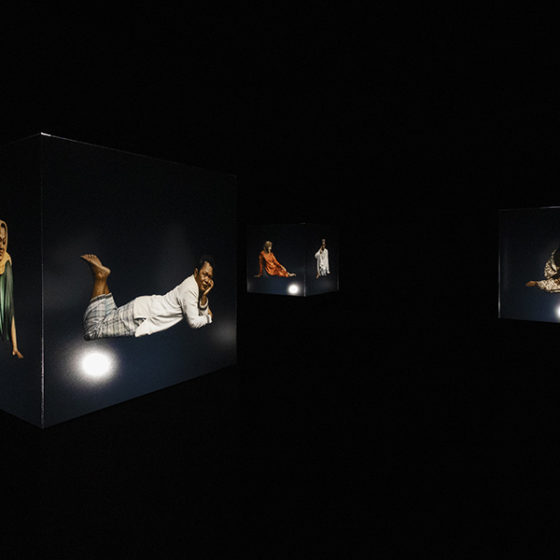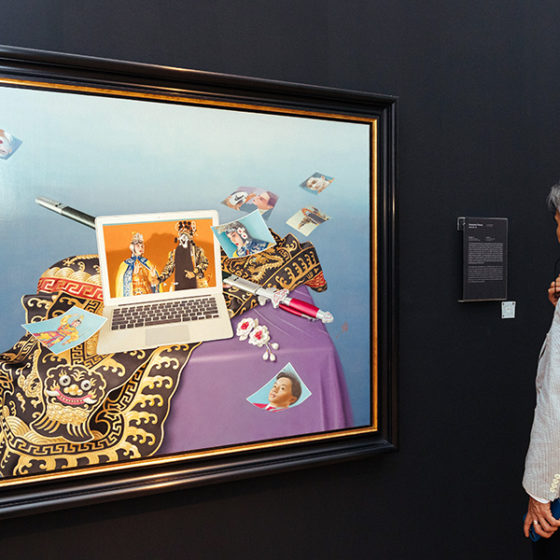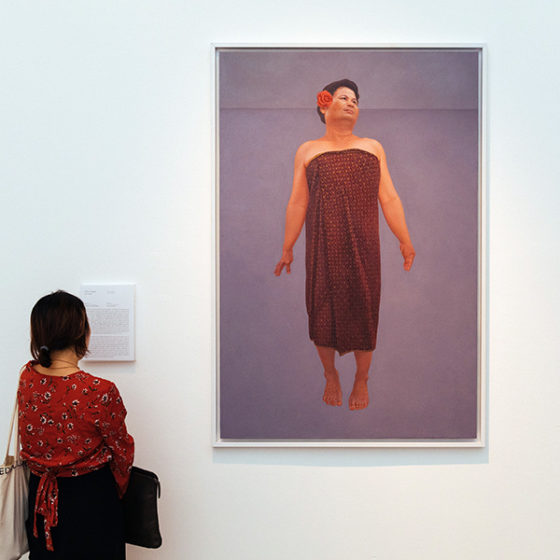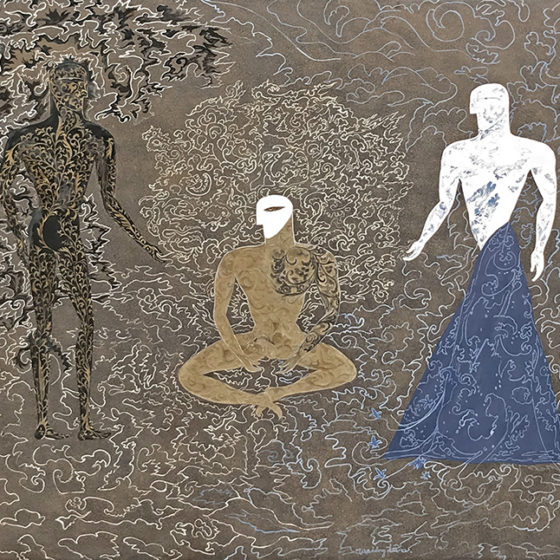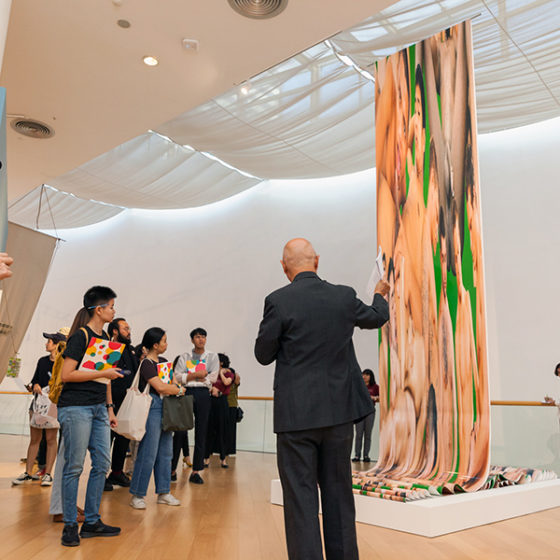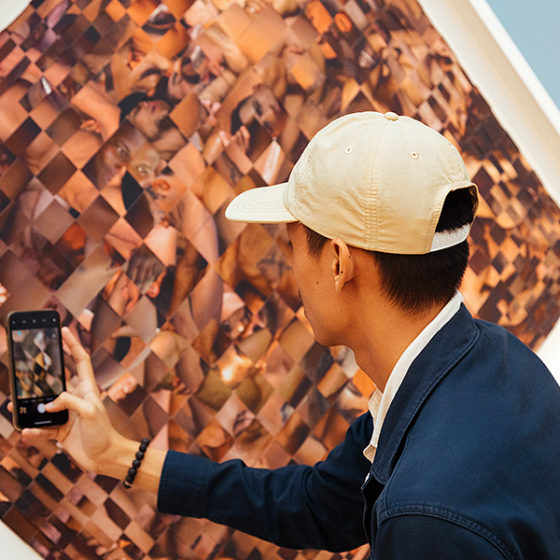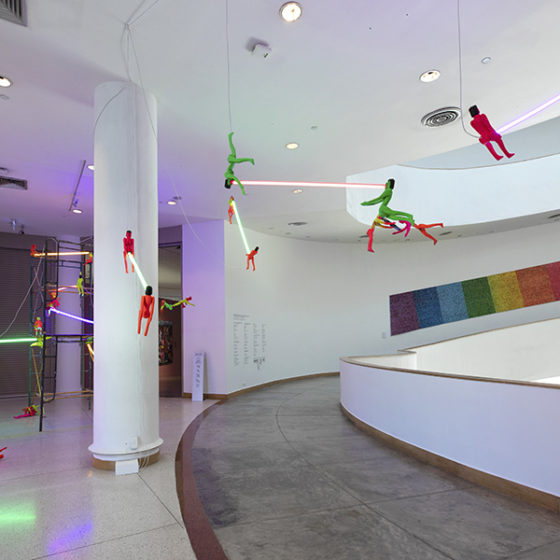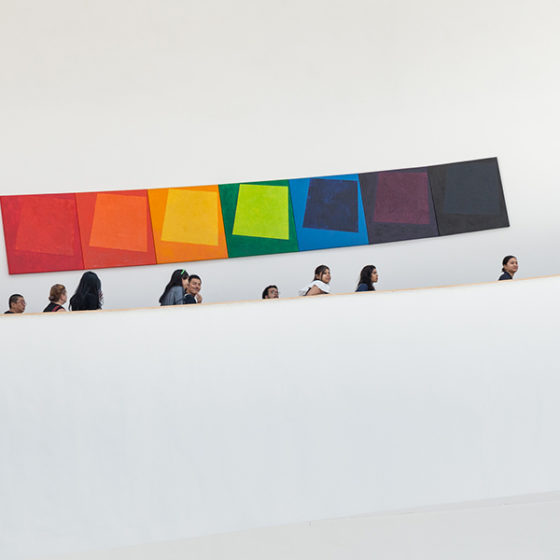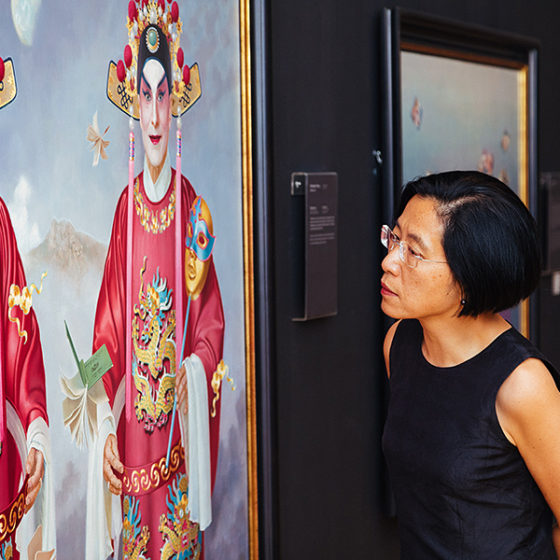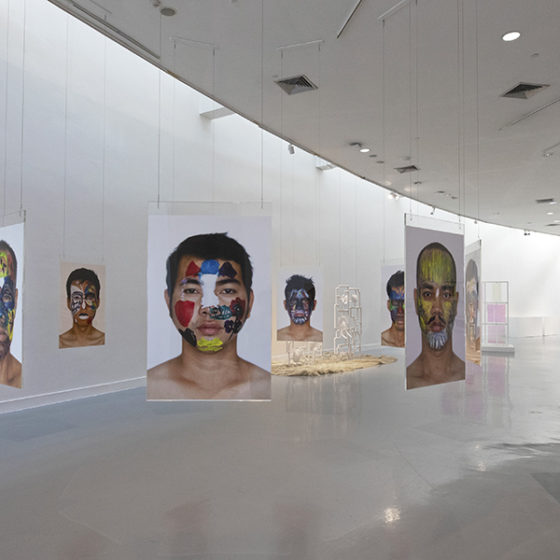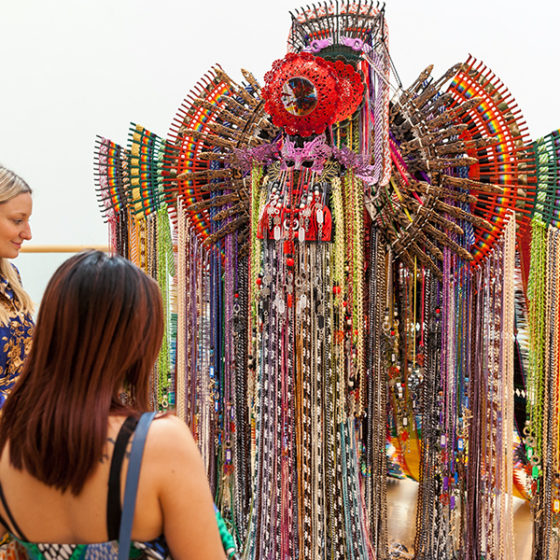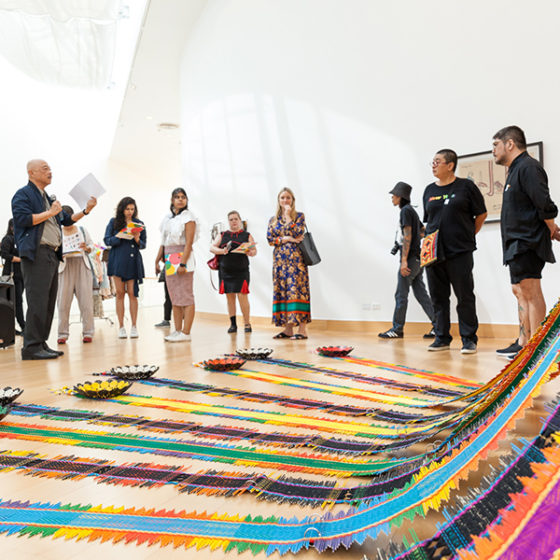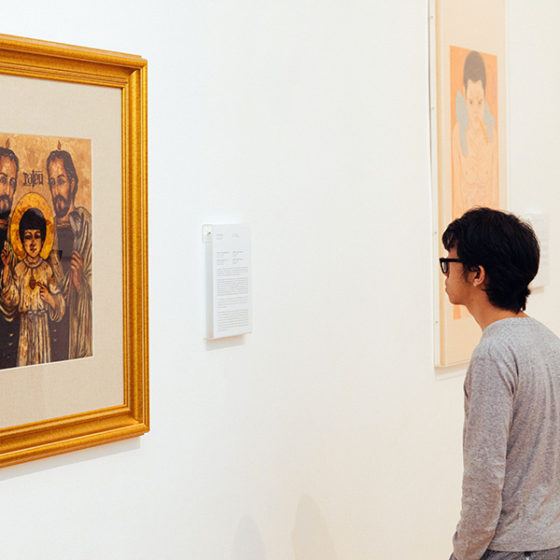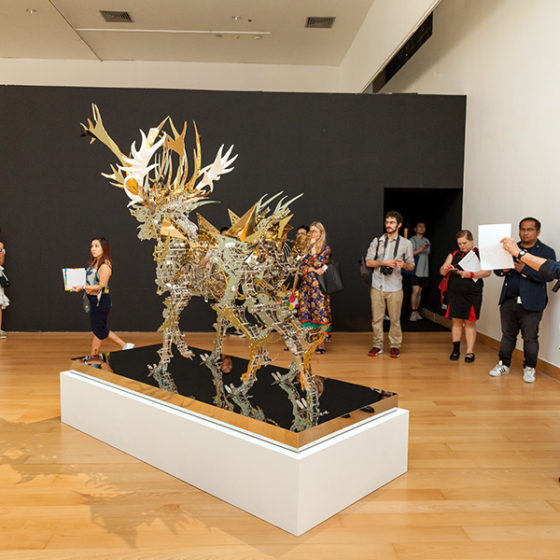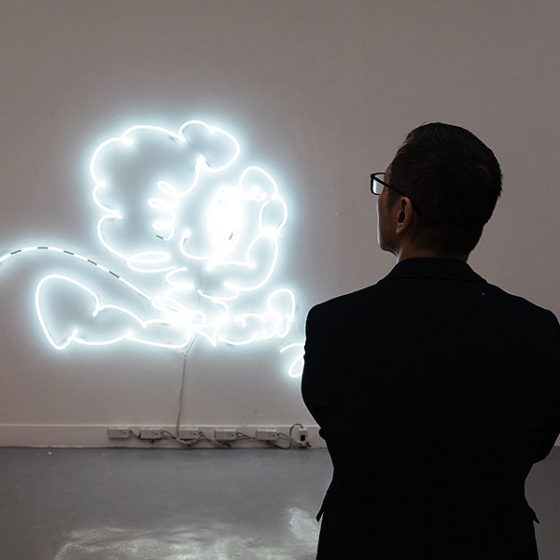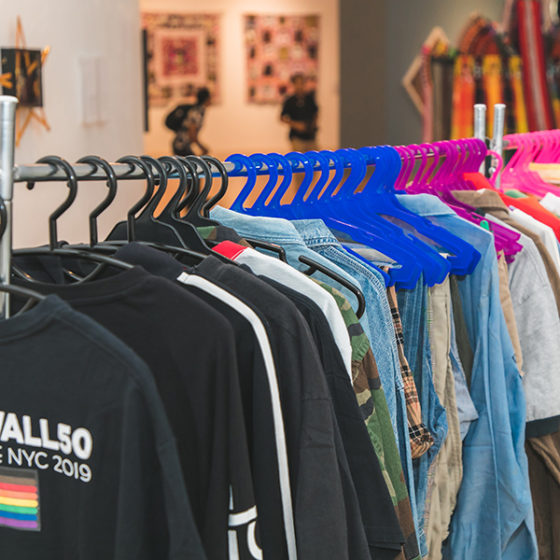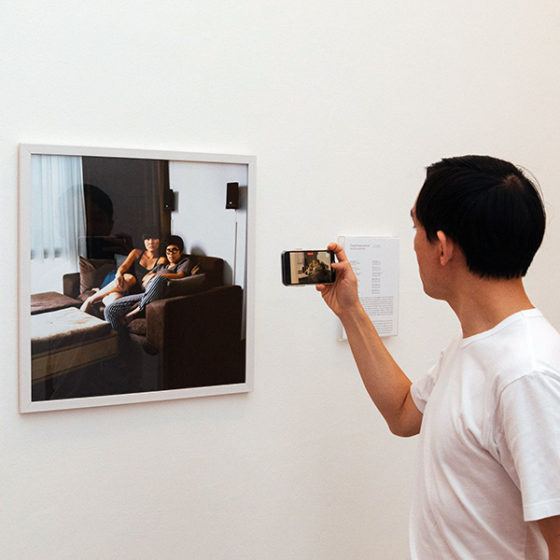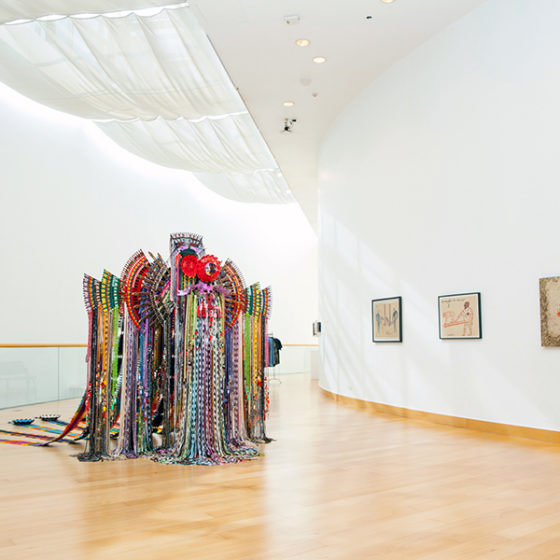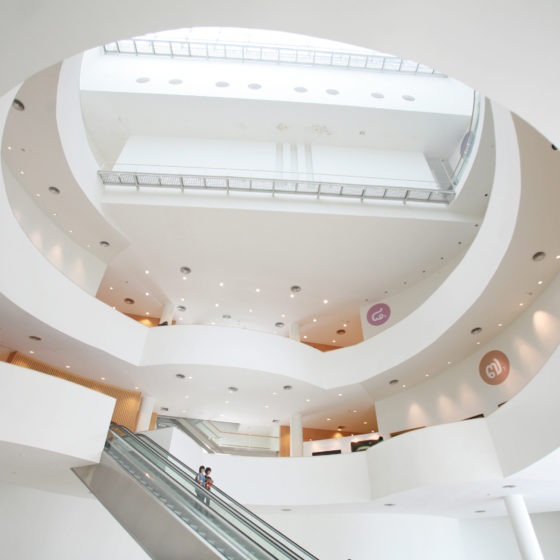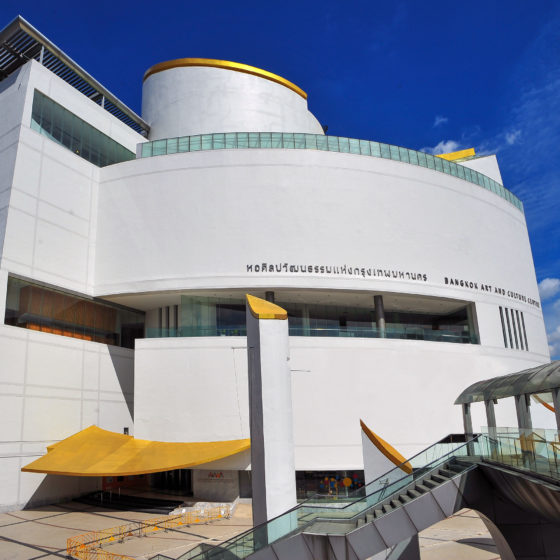Spectrosynthesis II –
Exposure of Tolerance : LGBTQ in Southeast Asia

Exhibition Information
Year : 2019 – 2020
Dates : 23 November 2019 – 1 March 2020
Opening Hours : Tuesday-Sunday 10:00-21:00
Venue : 7-8/F Main Galleries, Bangkok Art and Culture Centre, Bangkok
Curator : Mr. Chatvichai Promadhattavedi
Admission free
Address : 939 Rama 1 Road, Wangmai, Pathumwan, Bangkok 10330, Thailand
News Coverage
Curatorial Statement
Chatvichai Promadhattavedi – Chief Curator
We are all individuals, and each of us unique. Each represents a different hue in society’s broad spectrum. Yet society influences us to overlook many of these gradations of difference, to be unwittingly blind to them or deliberately ignore them. Human beings are conditioned to stereotype and marginalize.
As for the diversity of sexual preference and gender identity, being different from the accepted norm usually results in a tension. This exhibition creates a dialogue around that tension, as voiced by dozens of artists from within Southeast Asia as well as from the transnational Indian and Chinese spheres of cultural influence and migration that have helped shape the region.
The artists’ lively discussion helps reveal what it means to grow up in society when your gender identity or preference is different from the norm. Many of them confront issues of human rights and equal justice. Some of them ask, why struggle to be “normal”, when you can celebrate being different? They discuss how boundaries are being shifted, social frameworks are being opened up, and established values are being questioned.
In Southeast Asia, the degree of tolerance varies from one place to another. But even where social acceptance is high, as it generally is here in Thailand’s capital, exclusionary practices and rules are commonplace. These often hidden biases await exposure. Yet today, a greater acceptance of diverse gender identities and preferences is emerging in Southeast Asia as in much of the world. This emergence of tolerance has to be viewed against the region’s unique mixtures of cultural and religious traditions. The protagonists in this show help us explore the social norms and frameworks of the cultures they grew up in.
Exposing the narrowness of societal norms can help us all envision alternative attitudes that are more inclusive and more respectful of difference. This should benefit everyone, since everyone is different in some way. The artistic dialogue here is specifically about tolerance and acceptance of sexual and gender diversity, but it is relevant to more than just the LGBTQ community. Broad-minded thinking serves everyone.
The first Spectrosynthesis exhibition, which featured a different group of artists and works, was held in Taipei, Taiwan, in 2017, at the Museum of Contemporary Art.
About the Curator
Mr. Chatvichai Promadhattavedi was Director of the Bhirasri Institute of Modern Art between 1976 to 1988, during which he oversaw the showing of some one hundred exhibitions and as well a programme of contemporary theatre and music. Of note was the Bangkok Symphony Orchestra coming into being at the BIMA, for which he was a founding member; he also has been on the Board of the Bangkok Opera. In 2002 Chatvichai was one of the key figures in the setting up of the Office of Contemporary Art and Culture (OCAC) to be part of Thailand’s new Ministry of Culture, when he was then appointed Advisor to the Ministry of Culture. He went on to become Director of the Bangkok Art and Culture Foundation which spearheaded the establishment of the Bangkok Art and Culture Centre, and in 2008 he took the post of Acting Director of this institution. He is now on the BACC Board and its Secretary, further pioneering for infrastructural work for the arts such as rallying the participation of the Artists Network in the writing of the cultural content in Thailand’s recently promulgated Constitution.
As an Advisor to the Bangkok Governor in 2012, Chatvichai started putting together the City of Bangkok’s new project: the conversion of the present City Hall to become the Bangkok City Museum and Library. For the City’s Planning Department, he chaired the Committee for the Development and Conservation of Rattanakosin Adjacent Area. Chatvichai has been on the judging panel of UNESCO’s Asia-Pacific Heritage Awards. He was cosignatory to UNESCO’s Hoi An Declaration on Conservation of Historic Districts of Asia, 2003. He has been a Council Member of the Siam Society and now on its Siamese Heritage Trust Stirring Committee. He is Chair of the Society for the Conservation of National Treasure and Environment, SCONTE.
His curatorial works include an exhibition surveying the works of Southern Thai artists, many of whom are Thai-Muslim – Emerging Patterns: Contemporary Art of Songkhla, Pattani, Yala, Narathiwat (2011). His championing of cultural diversity on the policy level at the BACC led to other regional-themed exhibitions: Chiang Mai Now, and Common Exercises: Isan Contemporary Report. For the Siam Society he curated the exhibition Cultural Representation in Transition: New Vietnamese Painting (1996). His most recent curatorial work is the exhibition Earth Water Forest Air – the Royal Inspiration, one of BACC’s Commemorative Exhibitions in 2017 for the late Thai King Rama IX and inspired by the monarch’s concern for the environmental issues. Chatvichai’s cultural-diversity interest extends to his designs for the theatre: The Siamniramit showcasing the Thailand’s richness in cultural diversity, and in the set design for Phuket Fantasea. Chatvichai’s designs for public interiors are also culturally inspired, especially for the Dusit Thani Group as in the Dusit Thani, Dusit Laguna, and the Dusit Resort, Pattaya.
About Bangkok Art and Culture Centre (BACC)
Bangkok Art and Culture Centre
The Bangkok Art and Culture Centre (BACC) is a 24,000-square-metre, 12-storey mid-town arts and cultural centre with galleries, performance spaces, a library and meeting rooms. Its aim is to give contemporary art the right physical infrastructure and to enhance the role of art in the city’s cultural life. Conceived and advocated for since the 1970s by a network of artists and art lovers, the Centre has since been built by the City of Bangkok and is now independently operated by the BACC Foundation. During the full decade since its opening in 2008, it has attracted diverse groups of audiences: from traditionalist to contemporary, as well as the lifestyle crowd. With programmes that not only include visual arts but also theatre, film, music, and literature, the BACC has become a place of exchange where all can cross paths and meet and where new dialogue can emerge between artists in different media and their audiences.
BACC Website

